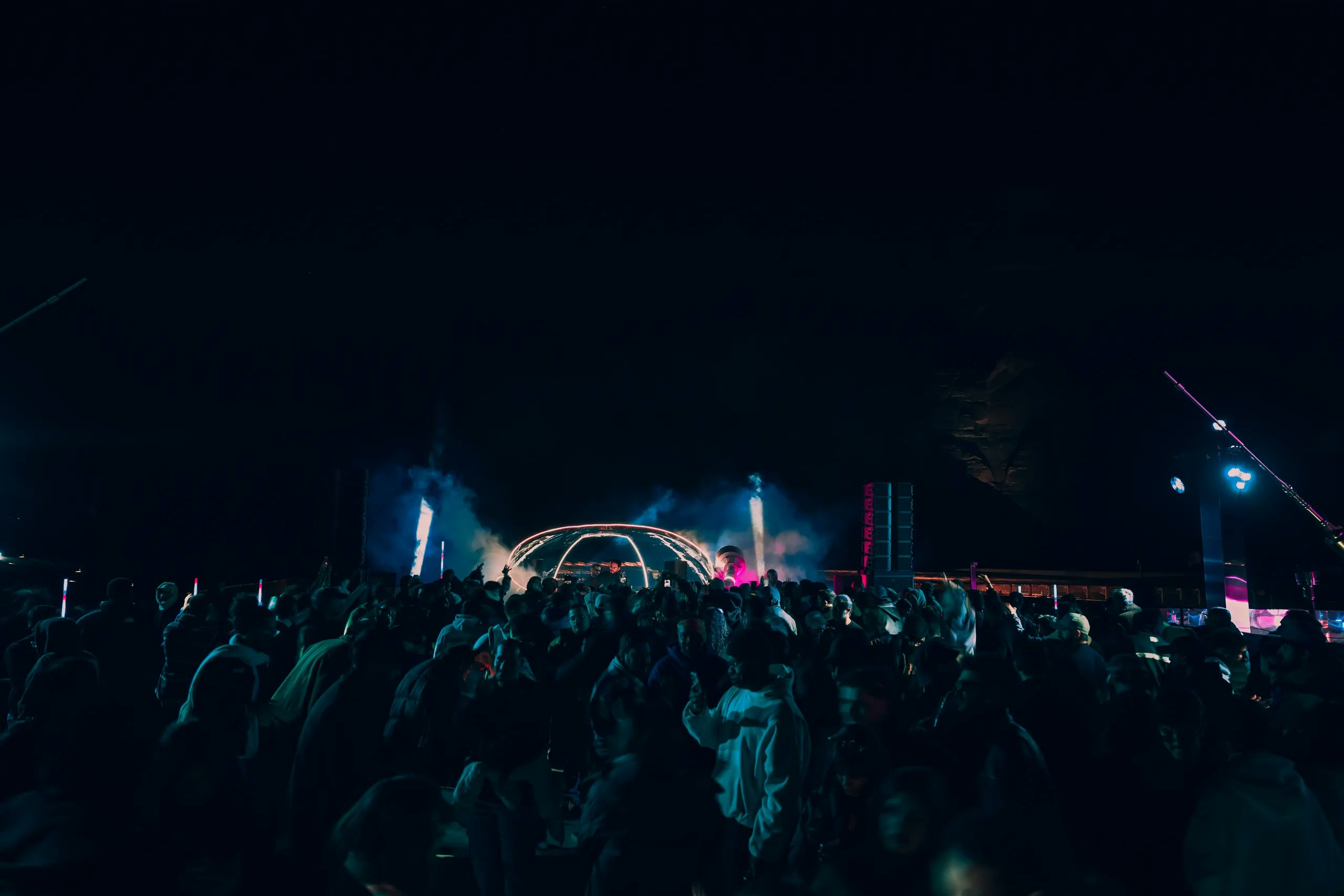

What Is Classical Music? History, Influence, & Lasting Magic
By MDLBEAST
June 05 2024
What Is Classical Music? History, Influence, & Lasting Magic
By MDLBEAST
June 05 2024
At its core, classical music refers to a genre rooted in Western tradition and characterized by its complexity, sophistication, and enduring appeal. From the grandeur of baroque music to the expressive power of operatic music, classical music encompasses a vast array of styles and compositions.
When we think of the term "classical music," a myriad of images and sounds may come to mind. But what is classical music? In this comprehensive guide, we'll delve into the essence of classical music, exploring its origins, characteristics, evolution, and enduring significance in contemporary society.
A Brief History and Origins
1. Medieval Origins:
Classical music's journey begins in the medieval period, with sacred chants and Gregorian melodies laying the foundation for Western musical tradition.
2. Renaissance Exploration:
During the Renaissance, composers delved into polyphony and harmonic complexity, laying the groundwork for the intricate compositions that define classical music.
3. Baroque Flourishing:
The Baroque era saw a surge of creativity, with composers like Bach, Handel, and Vivaldi crafting masterpieces that showcase the potential of instrumental music.
4. Classical Era Elegance:
The Classical period, spanning from the mid-18th to early 19th centuries, witnessed a significant shift in musical style and form, characterized by clarity, balance, and structural integrity in compositions by Mozart, Haydn, and Beethoven.
5. Romantic Expression:
The transition to the Romantic era sees composers like Beethoven, Schubert, and Brahms exploring new realms of emotion, imagination, and individuality, infusing their compositions with profound depth and intensity.
Classical Instruments
1. Orchestral Ensembles:
Orchestral music forms the backbone of classical performances, blending strings, woodwinds, brass, and percussion for grand sonic experiences. From Beethoven's symphonies to Tchaikovsky's ballet scores, orchestras showcase classical instrumentation at its most majestic.
2. Chamber Music Groups:
Chamber music offers intimate settings with smaller ensembles like string quartets and wind quintets. These groups explore nuanced textures and musical dialogue, providing depth and intimacy in classical performances.
3. Keyboards:
Central to classical music, keyboards like the piano, harpsichord, and organ offer versatility and expression. From Mozart's sonatas to Bach's fugues, keyboards enrich compositions with their unique timbres and technical capabilities.
4. Strings:
Strings, including violins, violas, cellos, and double basses, shape classical orchestration with their resonant tones. They provide soaring melodies and lush harmonies, contributing to the emotional depth of classical compositions.
5. Woodwinds:
Woodwind instruments, like flutes, clarinets, oboes, and bassoons, add distinctive timbres and colors to classical music. Their ethereal trills and mournful strains evoke a wide range of emotions, enriching the classical repertoire.
6. Brass:
Brass instruments, including trumpets, French horns, trombones, and tubas, bring power and grandeur to classical compositions. From triumphant fanfare to majestic melodies, brass instruments add drama and intensity to orchestral performances.
Classical Music Genres and Styles
Within the realm of classical music, a multitude of genres and styles coexist, each offering a unique musical experience.
1. Symphonies:
Symphonies represent one of the grandest forms of orchestral composition in classical music. Comprising multiple movements, they showcase the full power and range of the orchestra, often conveying emotional depth and thematic complexity.
2. Concertos:
Concertos feature a solo instrument accompanied by an orchestra, highlighting virtuosity and expressive capabilities. These compositions provide a platform for soloists to shine while engaging in dialogue with the orchestral ensemble.
3. Sonatas:
Sonatas are compositions for solo instruments or small ensembles, typically consisting of multiple movements. They offer opportunities for exploration and expression, with intricate melodies and harmonies unfolding across various musical textures.
4. Operas:
Operas combine music, drama, and spectacle to create immersive theatrical experiences. With elaborate sets, costumes, and storytelling, operas feature vocal performances accompanied by orchestras, conveying narratives of love, tragedy, and human emotion.
5. Chamber Music:
Chamber music refers to compositions performed by small ensembles in intimate settings. String quartets, piano trios, and wind quintets are examples of chamber music groups, showcasing the interplay between individual instruments and musicians.
6. Choral Works:
Choral works feature vocal ensembles accompanied by orchestras or a cappella, conveying powerful narratives through the combined voices of singers. Choral works celebrate the human voice in all its expressive richness.
The Cultural Significance and Appreciation of Classical Music
Classical music's global impact is undeniable, transcending cultural and temporal boundaries. Its profound compositions inspire musicians and audiences worldwide, shaping musical tastes and sensibilities. Active engagement and historical context enhance appreciation, while technological advancements make its vast repertoire more accessible than ever.
-
Stay tuned for the latest updates and exciting news about the Soundstorm music festival on the MDLBEAST website. Be part of our community and never miss out on the latest music buzz!
Share this


